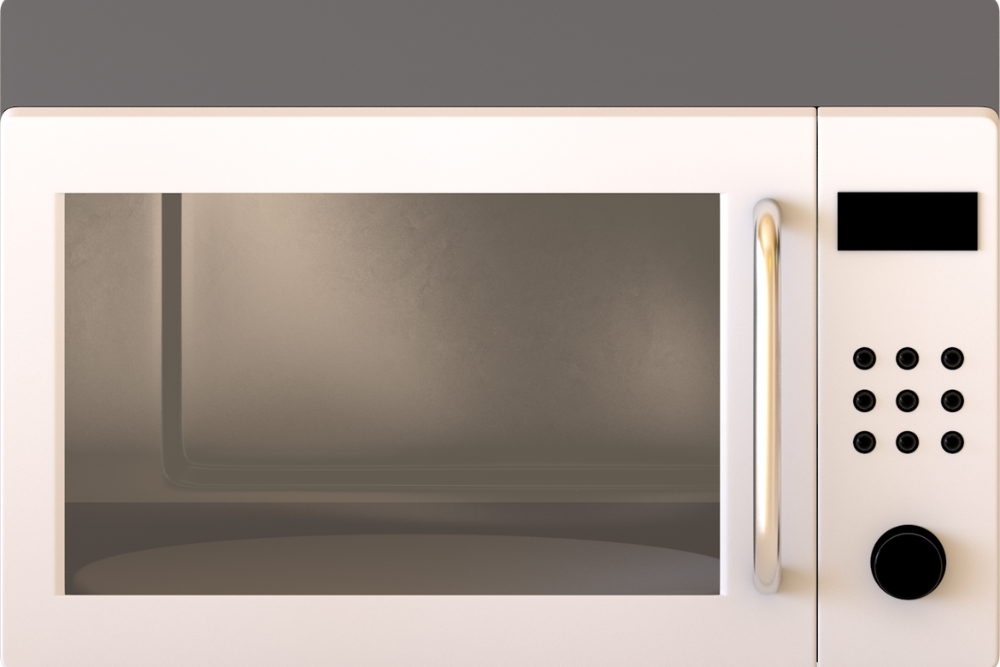Microwaves are indispensable appliances in modern kitchens, providing convenience, speed, and efficiency. However, like any other electronic device, they can malfunction over time. Whether your microwave is not heating, making strange noises, or simply not turning on, understanding the basics of microwave repair can help you make informed decisions—whether it’s a DIY fix or calling a professional.
This guide will walk you through the most common microwave repair problems, their causes, and potential repair solutions.
Understanding How a Microwave Works
Before diving into repair techniques, it's important to understand how a microwave functions. A typical microwave consists of several main components:
-
Magnetron: Generates microwave radiation to heat food.
-
High Voltage Transformer: Powers the magnetron.
-
Control Panel: Allows the user to set cooking times and power levels.
-
Turntable Motor: Rotates food for even cooking.
-
Door Switches: Ensure the microwave only operates when the door is securely closed.
Each of these components plays a vital role, and failure in any one part can lead to malfunction.
Common Microwave Problems and How to Fix Them
1. Microwave Not Heating
Possible Causes:
-
Faulty magnetron
-
Burned-out diode
-
Defective high-voltage capacitor
-
Broken door switch
Repair Tips:
-
Check if the microwave is getting power.
-
Inspect the magnetron and diode using a multimeter (advanced).
-
If the magnetron is dead, replacing it can be expensive—consider replacement if the unit is old.
2. Microwave Runs but Doesn’t Heat
Possible Causes:
-
Failed magnetron
-
Blown high-voltage diode
-
Bad capacitor
Repair Tips:
-
Unplug the microwave before opening the case.
-
Use caution: capacitors can hold charge even when unplugged.
-
Check continuity in the diode and magnetron.
3. Microwave Turntable Not Rotating
Possible Causes:
-
Broken turntable motor
-
Worn-out coupler
-
Dirty or misaligned turntable guide
Repair Tips:
-
Remove the glass tray and check the rotating ring.
-
Test the turntable motor for continuity and replace if necessary.
4. Microwave Buttons Not Working
Possible Causes:
-
Faulty control panel
-
Worn-out membrane switch
-
Electrical fault in the control board
Repair Tips:
-
Check if the display is responsive.
-
Replace the membrane switch if pressing buttons yields no response.
-
Consider replacing the control board if multiple buttons fail.
5. Microwave Makes Loud Noises
Possible Causes:
-
Faulty turntable motor
-
Worn-out stirrer motor
-
Magnetron or diode issues
Repair Tips:
-
Isolate the sound source.
-
Replace the motor or inspect the fan blades for obstructions.
6. Microwave Door Won’t Close Properly
Possible Causes:
-
Broken latch or door switch
-
Misaligned door
-
Debris in door latching mechanism
Repair Tips:
-
Clean the latch area.
-
Inspect the latch and switches for damage.
-
Replace damaged parts accordingly.
Safety Precautions Before Repairing
Microwaves can be dangerous to repair due to the high-voltage components inside. Here are important safety tips:
-
Always unplug the unit before attempting repairs.
-
Discharge the high-voltage capacitor before touching internal components.
-
Use insulated tools and wear rubber gloves.
-
Consult a professional if unsure.
When to Call a Professional
While some issues like a dirty door latch or a misaligned turntable can be fixed at home, others involve handling high-voltage parts that can be hazardous. Call a professional if:
-
The microwave is not heating, and the magnetron may need replacement.
-
The control board or display panel is malfunctioning.
-
You're unfamiliar with electrical diagnostics and tools.
Hiring a certified appliance repair technician ensures safety and can extend the life of your microwave.
Preventative Maintenance Tips
To keep your microwave in top condition, consider the following tips:
-
Clean regularly: Food splatters can interfere with operation and even cause sparks.
-
Don’t slam the door: This can damage door switches and alignment.
-
Avoid metal objects inside: They can cause arcing and damage the magnetron.
-
Use microwave-safe containers only.
-
Schedule annual inspections if the microwave is built-in or heavily used.
Microwave Repair Costs
Here’s a general breakdown of repair costs:
| Issue | Estimated Cost |
|---|---|
| Magnetron replacement | $100–$200 |
| Diode or capacitor | $50–$100 |
| Control panel | $100–$250 |
| Turntable motor | $40–$100 |
| Professional diagnosis | $50–$100 |
If the repair cost approaches or exceeds 50% of the price of a new microwave, replacement is often more economical.
Conclusion
Microwaves are essential kitchen appliances, and understanding how to repair them can save both time and money. While some issues can be handled with basic tools and a bit of know-how, others pose serious safety risks and are best left to professionals. With routine maintenance and quick action when issues arise, you can extend the lifespan of your microwave and avoid unnecessary costs.



